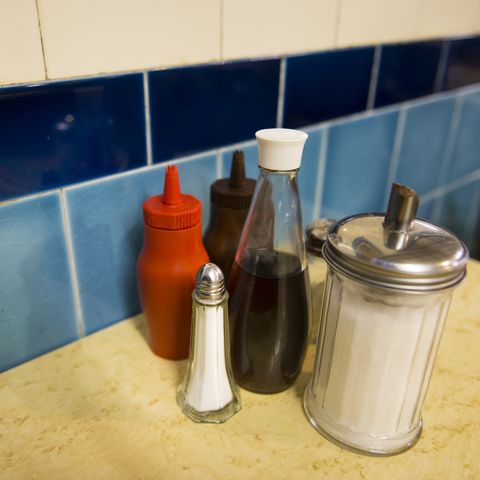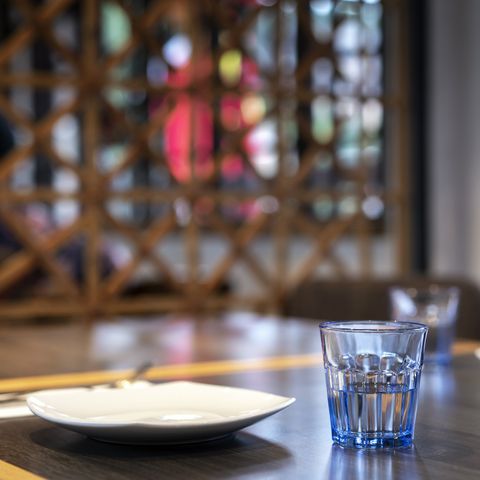With states now loosening restrictions on shelter-in-place recommendations from the coronavirus COVID-19, some restaurants are opening for dine-in, sit-down services.
There are scads of changes occurring at these restaurants in order to protect the safety of their workers and their patrons, but that doesn’t mean you can’t also further reduce the risk of spreading or catching the deadly disease.
First off, know that good restaurants will follow the guidelines of the Centers for Disease Control and Prevent, as well as those set forth by the United States Occupational Safety and Health Administration, and doing so will help reduce risk.
But not every restaurant may follow these guidelines perfectly and humans make mistakes. For that reason, it’s a smart idea to take added precautions when sitting down at your table before a meal—if you decide to do so during the coronavirus pandemic.
Sanitizing your own restaurant table, and some of the items on it, during COVID-19 will provide an added level of protection.
You probably have questions.
Microbiologist Kelly Reynolds, Ph.D., director of the environment, exposure science and risk assessment center at the University of Arizona, is here to answer them.
What risk do these table tops, arm rests, salt and pepper shakers and any other commonly touched surfaces at the table pose as they relate to COVID-19?

Sunphol Sorakul
“Inanimate objects, or fomites, are known to play a significant role in the transmission of infectious disease,” Reynolds says.
That’s because when you cough, sneeze, or even breathe, germ-laden aerosol particles can quickly settle on the surfaces of what’s around you. And the germs can live there for hours or days, Reynolds says.
“The longer a germ survives on a surface, the higher the probability another person will pick up that germ when they come into contact with the contaminated surface,” she says.
This is why it’s incredibly important to wash your hands properly. If someone has coughed on the table and the virus is still present when you sit down, you then could touch the virus and, after touching your eyes, nose, or mouth, can become infected, says Reynolds.
And this is why it’s also important to take matters into your own hands when it comes to disinfection.
Why is important to disinfect these surfaces yourself? Why not trust the restaurant to do this?

georgemuresan
Well, because this is all so new.
“Restaurants are doing a great job but they are all adjusting to new guidelines and practices and it may take a while to get staff well-trained on new techniques,” says Reynolds. “Even well-trained staff may become lax over time and compliance with hygiene recommendations may decrease. One way to be certain that surfaces are being disinfected properly is to do it yourself.”
What is the best way to disinfect these surfaces?

Sellwell
“There are many effective disinfecting products on the market. Look for an EPA registration number on the product label that ensures it has been tested to meet the requirements of a disinfectant,” Reynolds says.

Subscribe to Men’s Health
SHOP NOW
Maybe you don’t feel like dragging a bottle of disinfectant spray in with you to the restaurant, but there are wipes that do the trick too. Just remember not to spray cleaning agents on your utensils, plates, glasses, or anything else that may come in contact with your food or drink or you’ll risk getting sick in an entirely different way.
Whichever method you choose, make sure you’re giving time for it to work, says Reynolds.
“It is key to follow the manufacturer’s instructions on how to use products as formulations and recommended contact times vary widely,” she says. “The most common mistake people make is not leaving the product on the surface long enough to do its job.”
And, remember, if all this sounds like too much work that you don’t want to be bothered with, you can stay home and order in. There’s still no cure for COVID-19 and sitting down to a meal anywhere except your own home isn’t worth the risk.
Source: Read Full Article